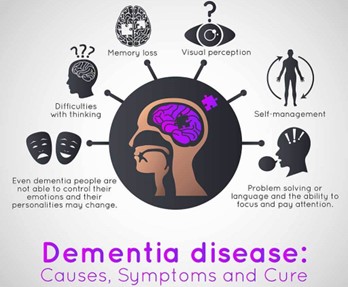The nurse preceptor is instructing the new nurse on appropriate communication techniques. The new nurse indicates a need for further teaching on using assertive communication, if she does which of the following when communicating with patients? Select one answer
Gives the same message to the patient verbally and nonverbally
Speaks firmly and positively
Is unapologetic
Agrees to do whatever the patient requests
The Correct Answer is D
Choice A reason: Gives the same message to the patient verbally and nonverbally is an example of using assertive communication, not a sign of needing further teaching on it. Assertive communication is a communication style that involves expressing one’s thoughts, feelings, and needs in a clear, respectful, and confident manner. It also involves using congruent verbal and nonverbal cues, such as eye contact, tone of voice, and body language, to reinforce the message and avoid confusion or misunderstanding. Therefore, this choice is incorrect.
Choice B reason: Speaks firmly and positively is an example of using assertive communication, not a sign of needing further teaching on it. Assertive communication is a communication style that involves expressing one’s thoughts, feelings, and needs in a clear, respectful, and confident manner. It also involves using firm and positive language, such as “I” statements, active verbs, and constructive feedback, to convey the message and avoid aggression or passivity. Therefore, this choice is incorrect.
Choice C reason: Is unapologetic is an example of using assertive communication, not a sign of needing further teaching on it. Assertive communication is a communication style that involves expressing one’s thoughts, feelings,
and needs in a clear, respectful, and confident manner. It also involves being unapologetic for one’s opinions, beliefs, or values, as long as they do not harm or disrespect others. It does not mean being rude or arrogant, but rather being honest and authentic. Therefore, this choice is incorrect.
Choice D reason: Agrees to do whatever the patient requests is a sign of needing further teaching on using assertive communication, not an example of it. Agreeing to do whatever the patient requests is a communication style that involves suppressing one’s thoughts, feelings, and needs in order to please or avoid conflict with others. It is a form of passive communication, which can lead to resentment, frustration, or loss of self-esteem. It can also compromise the quality of care or the safety of the patient or the nurse. Therefore, this choice is correct.
Nursing Test Bank
Naxlex Comprehensive Predictor Exams
Related Questions
Correct Answer is ["A"]
Explanation
Choice A reason: This is correct because it shows that the PN is respectful and sensitive to the client’s cognitive impairment. Long explanations can confuse and overwhelm the client, who may have difficulty processing and retaining information.
Choice B reason: This is correct because it shows that the PN is respectful and sensitive to the client’s cognitive impairment. Asking one question at a time can help the client focus and respond more easily, without feeling pressured or frustrated.
Choice C reason: This is correct because it shows that the PN is respectful and sensitive to the client’s cognitive impairment. Using short sentences can help the client understand and remember the message, without being distracted or confused by unnecessary words.
Choice D reason: This is incorrect because it shows that the PN is rude and disrespectful to the client’s hearing ability. Talking loudly can make the client feel annoyed or threatened, and may not improve communication if the client has hearing loss. The PN should talk in a normal tone and check for understanding.

Correct Answer is D
Explanation
D) “I understand that you would like some ice cream, but I need you to be more respectful when you ask me for something.” This is an assertive response because it acknowledges the patient’s request, expresses the nurse’s feelings, and sets a clear boundary for acceptable behavior. Assertiveness is the ability to communicate one’s needs, opinions, and feelings in a respectful and confident manner.
“You are hungry and want a snack. I can do that in 10 minutes when I finish my rounds.” is incorrect. This is a passive response because it does not address the patient’s rudeness or assert the nurse’s rights. Passive communication is the tendency to avoid conflict, suppress one’s feelings, and comply with others’ demands.
“Maybe I can get one of the aides to bring you something in a while.” is incorrect. This is an evasive response because it does not commit to fulfilling the patient’s request or confronting the patient’s attitude. Evasive communication is the tendency to avoid responsibility, give vague answers, and shift blame to others.
“Call the nursing station and ask them to have the kitchen bring whatever you want.” is incorrect. This is an aggressive response because it rejects the patient’s request, shows irritation, and implies that the nurse does not care about the patient’s needs. Aggressive communication is the tendency to dominate, criticize, and blame others.
Whether you are a student looking to ace your exams or a practicing nurse seeking to enhance your expertise , our nursing education contents will empower you with the confidence and competence to make a difference in the lives of patients and become a respected leader in the healthcare field.
Visit Naxlex, invest in your future and unlock endless possibilities with our unparalleled nursing education contents today
Report Wrong Answer on the Current Question
Do you disagree with the answer? If yes, what is your expected answer? Explain.
Kindly be descriptive with the issue you are facing.
